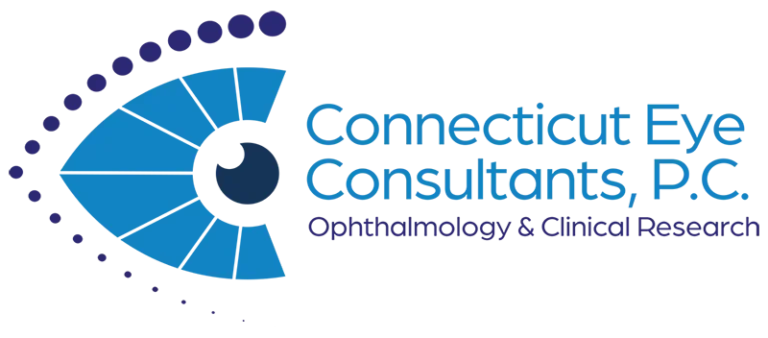HOURS
Mon-Fri: 8:00am – 5:00pm
(Or by Appointment)
Sat-Sun: Closed
Thyroid Eye Disease
Background
Thyroid Eye Disease (TED) has its roots in autoimmune dysfunction, where the immune system mistakenly targets tissues around the eyes, often in conjunction with thyroid disorders like Graves’ disease. This condition affects the orbital tissues, leading to inflammation and swelling. This can involve the muscles controlling eye movement and the fat and connective tissue behind the eye. Although TED can occur in individuals with normal or low thyroid function, it predominantly manifests in those with thyroid dysfunction. The historical understanding of TED has evolved, recognizing its complex interplay between thyroid status, immune response, and orbital anatomy, making it a significant focus of both the endocrinology and ophthalmology fields.
Signs and Symptoms
If you have any of these factors, follow up with an eye doctor:
- Protrusion of the eyes (exophthalmos): one of the most common symptoms, where the eyes bulge outward
- Eye discomfort: patients may experience dryness, irritation, or a gritty sensation
- Vision problems: double vision or blurred vision may occur due to muscle involvement
- Swelling and redness: eyelids and conjunctive may become swollen and red
- Photophobia: increased sensitivity to light
Risk Factors
There are also numerous factors that may increase your risk of developing TED:
- Autoimmune thyroid disease
- Cigarette smoking
- More females are diagnosed than males
- Middle-aged (30-50)
- Family history of TED
- Radiation exposure
- Other autoimmune diseases (rheumatoid arthritis, lupus)
- Stress
Diagnosis
Diagnosis typically involves a comprehensive eye examination, including visual acuity tests and assessments of eye movement. Imaging tests, such as CT or MRI scans, can help evaluate the extent of orbital involvement. Blood tests may also be performed to assess thyroid hormone levels and confirm any underlying thyroid dysfunction.
Treatment
- Medical management: Corticosteroids are often used to reduce inflammation. Other immunosuppressive agents may also be considered.
- Radiation therapy: In some cases, targeted radiation can help reduce swelling and inflammation.
- Surgical options: Surgical interventions may be necessary for severe cases, including orbital decompression to relieve pressure on the eyes, or eyelid surgery to improve appearance and function.
- Thyroid management: Controlling the underlying thyroid dysfunction is crucial, which may involve antithyroid medications, radioactive iodine, or surgery.
Connecticut Eye Consultants partners with endocrinologists to provide comprehensive care for thyroid eye disease. We have ongoing clinical studies in thyroid eye disease.
Doctors at Connecticut Eye Consultants who can diagnose and treat thyroid eye disease:
- Katherine Zamecki
- Margaret Marcone
For more information, please visit Thyroid Eye Disease | American Thyroid Association


